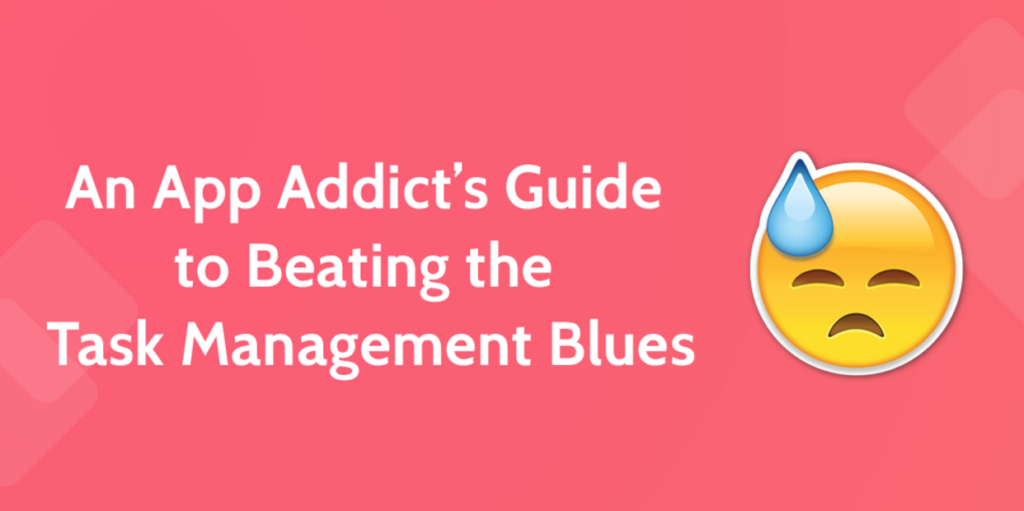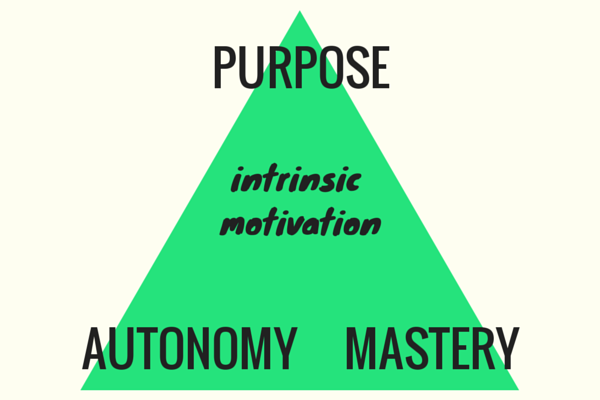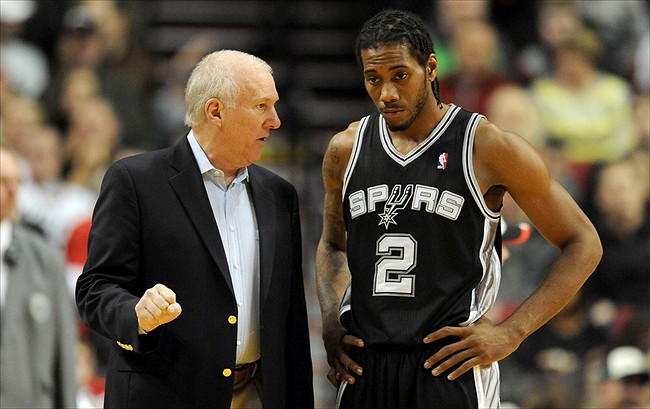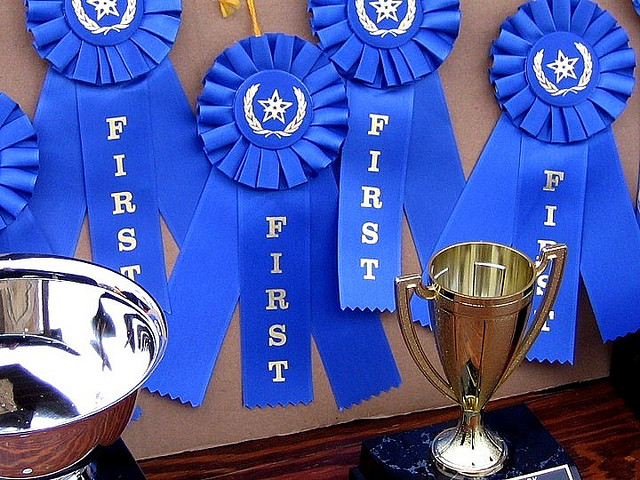
In 2005, Zappos was on track to beat its yearly sales goal of $300 million.
But that was just the beginning. Before Zappos became the household name it is today, CEO Tony Hsieh held a long-term vision for the company that went beyond the gross merchandise numbers. His ambitious goal to hit $1 billion in sales by 2010 was part of a larger plan.
In a remarkable email update Hsieh wrote in 2005 to Zappos investors, employees, and partners, he explained:
Rather than maximizing short-term profits, we’re taking a long-term view and focusing on building the business for the long haul. We’ve grown quickly over the past 5 years, but we are just scratching the surface of what’s possible.
But it’s not the numbers that are the most exciting… It’s the opportunity to build a company culture and consumer brand that is centered around the service, not the shoes or the handbags.
One of the most captivating things about this email is to actually see the seeds of Zappos’s distinctive company culture germinating — especially knowing that the vision that Hsieh lays out in this decade-old email has come to pass, and then some.
So how did Hsieh actually translate his vision for Zappos into reality and resist the siren song of those short-term profits? How did he corral his employees to stick with him for the long haul? The elements are all there in that email.
Read more









